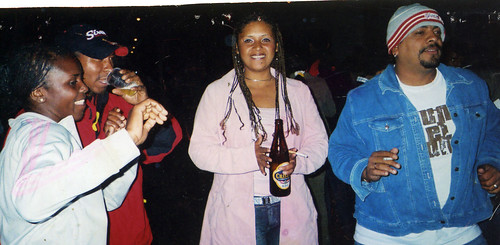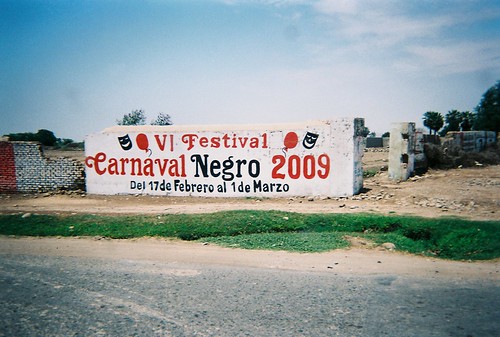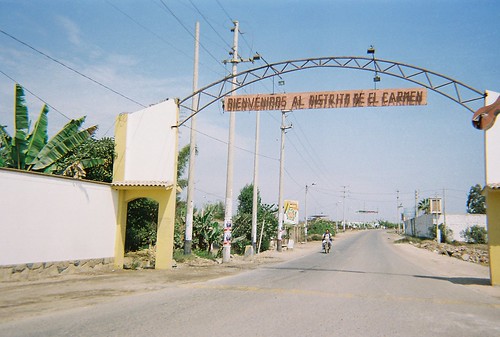My First Encounter with the Black Peruvian Population
When I used to think of the hood, I used to think of poor or working class black (and brown) communities around the United States such as Harlem in New York City, East Oakland, California, or the Fifth Ward of Houston, Texas. No longer do I restrict this perception to the United States of America. There are hoods in Paris, London, and Mexico (yes, Mexico; see my post entitled Mexico's Dark Secret). However, one of the most enjoyed hoods I've ever visited is El Carmen in Chincha, Perú.
Unlike your average hood in the USA, crime is next to zero in El Carmen despite the poverty. Well, at least according to my perception. Almost everyone is mellow in their relationship with each other and with visitors. I've exchanged many greetings with total strangers as we passed each other on the street. During my visits to El Carmen over the last five years, I've never seen or heard any conflicts among the residents, or observed any drama. When they party, they party hearty without any trouble makers spoiling the fun.

A block party in El Carmen, Perú
I first came in contact with this community in the Spring of 2005, thanks to Moons Travel Guide, which contained the address and phone number of the late Amador Ballumbrosio who played a large role in reviving and popularizing Afro-Peruvian music and dance. Almost everyone in his family are either dancers, musicians, or both. With my wanting to be totally immersed in the Spanish language and wanting to explore black cultures in Latin-American countries, I called the home of the Ballumbrosio family. The woman who answered the phone was Maribel, Amador's daughter. Her demeanor over the phone was one of a long, lost relative inviting me home. We agreed on a very inexpensive price of my stay, plus meals.

a Black Heritage celebration with music and dance
I arrived in El Carmen at 4:00 AM, not realizing that the family left their door unlocked for me. My cab driver then took me to the local police station where an arrangement was made for me to spend a night at the local hotel for one-half price (13 nueva soles, approximately $4.00 USD). At the station, there seemed to be only one police officer on duty, and he was wrapped in a blanket trying to stay awake for he had nothing to do. The town of El Carmen is that cool; tranquilo, as people call it.
When I arrived at the Ballumbrosio home at 10 AM the next morning, I was greeted with hugs. What I enjoyed most about this community is that it is off the beaten path--no tourists. The few tourists who do come never stay long. There is very little here to offer tourists except music and dance performances in the living room of the Ballumbrosio home, and of course, during the month of February when they celebrate black heritage with music and dance. People from all over Perú, and different parts of the world converge on El Carmen with the slogan, “Vamos Pa' Chincha, Familia, meaning Let's Go To Chincha, Brothers and Sisters (El Carmen is in the province of Chincha).
Because I do not care for crowds and constant noise, I avoid going to Perú in the month of February. In fact, all of my travels is during the “slow season.” I enjoy the tranquility of El Carmen outside the month of February. During my first trip, I was always invited to some party or a social event on the weekends. I never had to go anywhere for entertainment. Everything was right there in the hood. Unfortunately, a major earthquake came along in 2007, destroying much of El Carmen's infrastructure. Today, it's just not the same. Many of the people I met left. But I still love the people, the energy, and the environment. It's my home away from home.


No comments:
Post a Comment
Anonymous comments will be ignored and deleted.